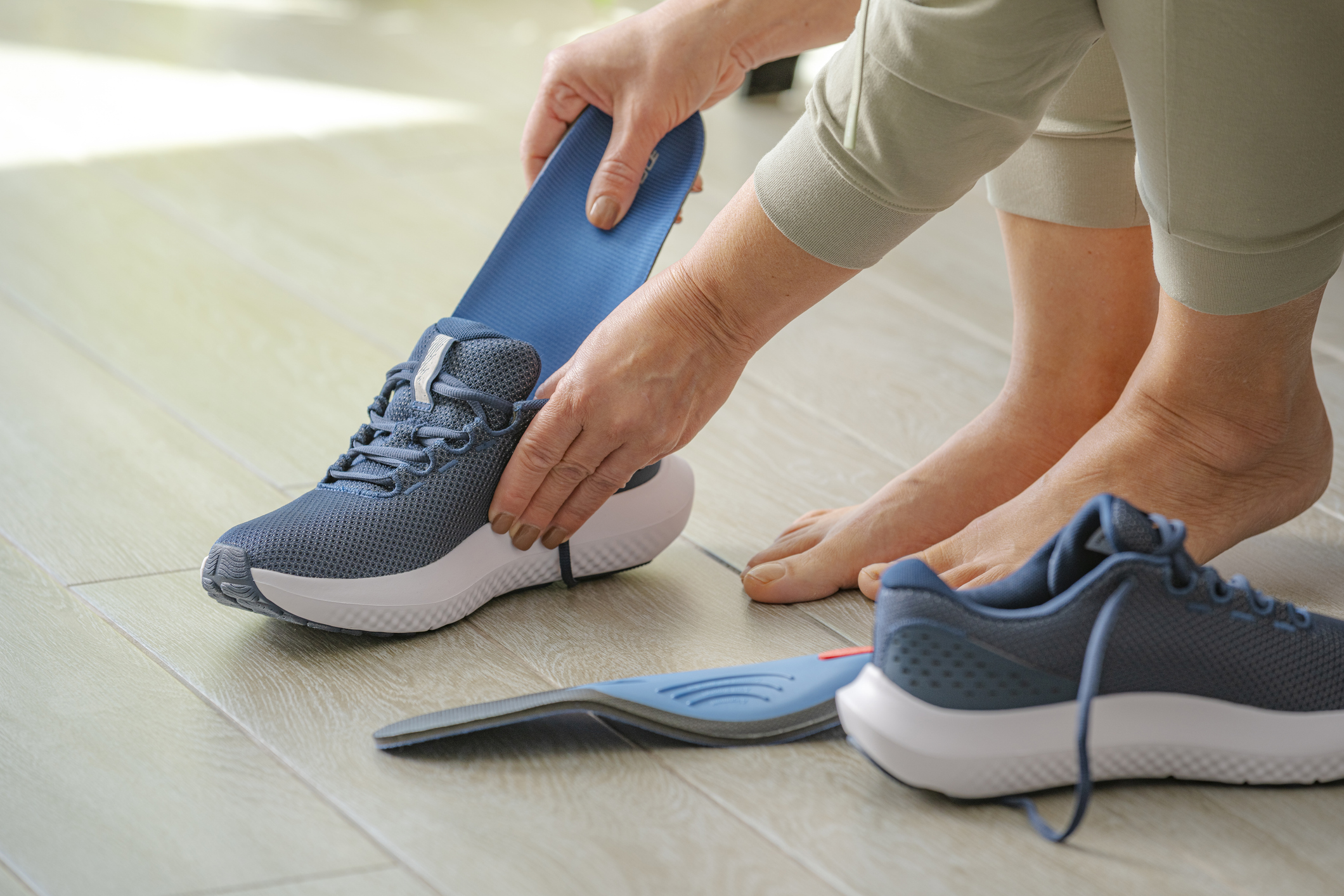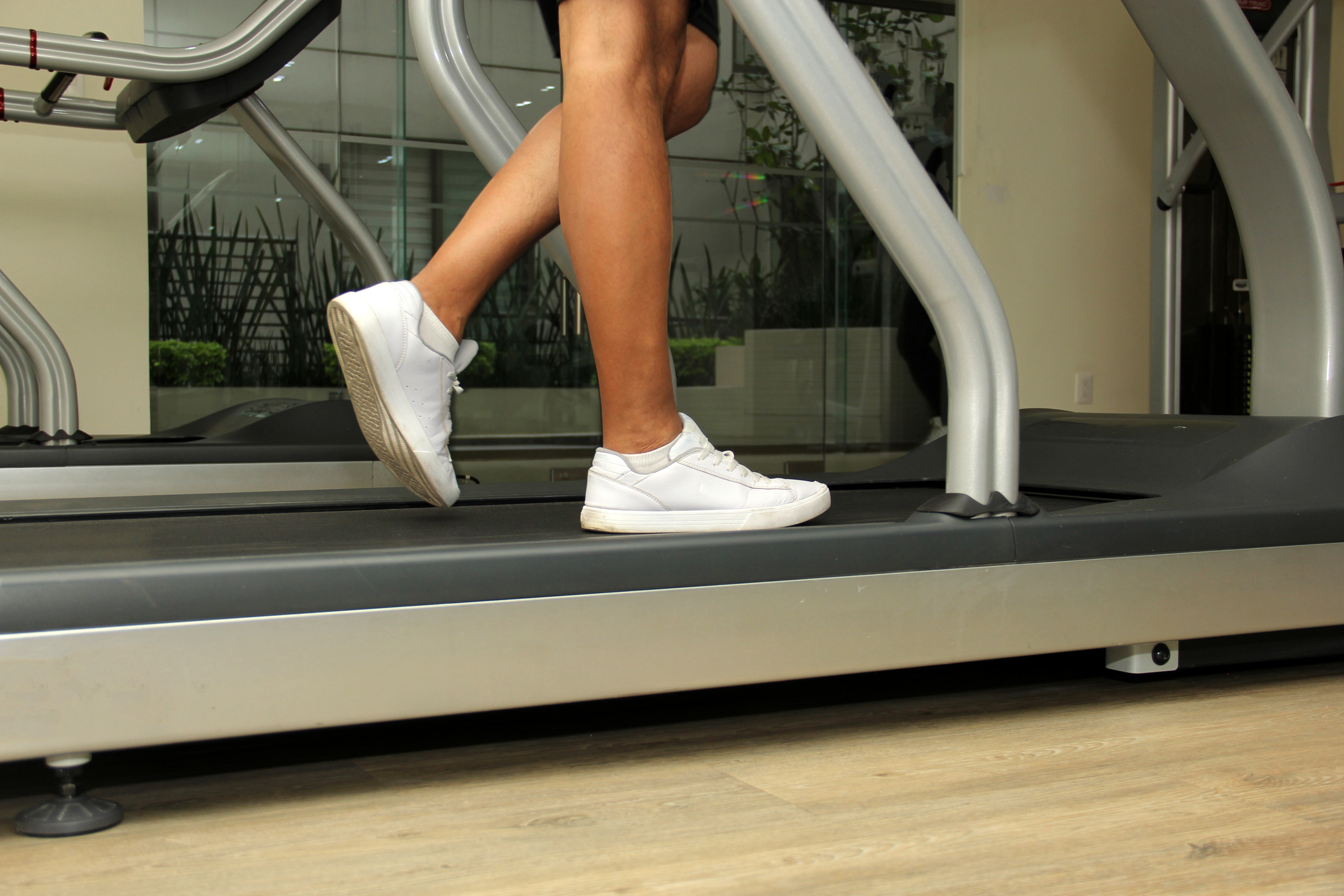Introduction
Recovering from a mastectomy is a journey that involves healing both physically and emotionally. One concern that may appear weeks, months, or even years later is lymphedema, a buildup of fluid that causes swelling and discomfort. While it is a common long-term side effect of breast cancer surgery, lymphedema can often be managed successfully if caught early.
At Ozark Medical Equipment, we believe awareness is the first step to protecting your recovery. Here is what you need to know about recognizing lymphedema and taking action before it progresses.
Why Post-Mastectomy Patients Are at Risk
After breast surgery, especially when lymph nodes are removed or treated with radiation, the lymphatic system becomes more vulnerable to fluid buildup. This can lead to lymphedema in the arm, chest wall, underarm, or breast on the surgical side.
Not every woman develops lymphedema, but the risk remains for life. Lifelong awareness is important, even after treatment has ended.
Early Signs to Watch For
The first signs are often small and easy to overlook. Pay attention to changes such as:
- Heaviness or tightness in your arm, hand, chest wall, or underarm
- Tingling or numbness in the fingers or arm
- Jewelry, sleeves, or watches that suddenly fit more snugly
- Mild swelling that comes and goes, often worse in the evening
- Skin that feels warm, red, or tight around scars or under the arm
- Less flexibility in the shoulder, elbow, or wrist
Trust your instincts. Subtle changes can be early warnings.
Risk Factors After Mastectomy
Some patients face a higher likelihood of lymphedema. Risk factors include:
- Removal of multiple lymph nodes
- Radiation therapy to the underarm or chest
- Higher body weight or obesity
- Infections or injuries on the surgical side
- Limited arm or shoulder movement after surgery
Even if you do not have these risk factors, staying alert to your body’s signals is still important.
How to Catch Lymphedema Early
Early detection prevents long-term changes. You can support your recovery by:
- Asking your care team to take baseline arm measurements before and after surgery
- Requesting lymphedema screening during follow-up appointments
- Watching for changes in how your arm feels or fits into clothing and jewelry
- Asking about specialized tools, such as bioimpedance spectroscopy, for precise monitoring
Prevention and Early Action Steps
While lymphedema is not always avoidable, you can lower your risk and slow progression:
- Wear compression sleeves or bras if recommended
- Do gentle stretching and prescribed exercises after surgery
- Keep skin healthy and protect it from cuts or burns
- Avoid heavy lifting or tight clothing on the surgical side
- Treat infections promptly
- Maintain a stable, healthy weight
What To Do if You Notice Symptoms
If you notice swelling, heaviness, or tightness, act quickly.
- Contact your breast surgeon, oncologist, or a certified lymphedema therapist
- Ask about compression garments fitted to your body
- Consider physical therapy exercises that support lymphatic drainage
- Track any changes and share them with your care team
How Ozark Medical Equipment Helps
At Ozark, we provide resources to help women protect their recovery, including:
- Custom fittings for compression sleeves, bras, and prosthetics
- Physical therapy programs that restore movement and reduce fluid buildup
- Guidance from our nurses and therapists on garment care and self-monitoring
- Access to additional Ozark Total Healthcare services such as home health and counseling
Takeaway
Lymphedema often begins with small changes, such as a feeling of heaviness or a ring that suddenly feels tight. Recognizing these early signs and taking action can prevent complications and help you maintain comfort and independence.
If you have noticed new swelling or tightness after mastectomy, Ozark Medical Equipment is here to help. Call us at 573-686-5510 or visit us in Poplar Bluff for custom fittings and support tailored to your recovery.



